Introduction
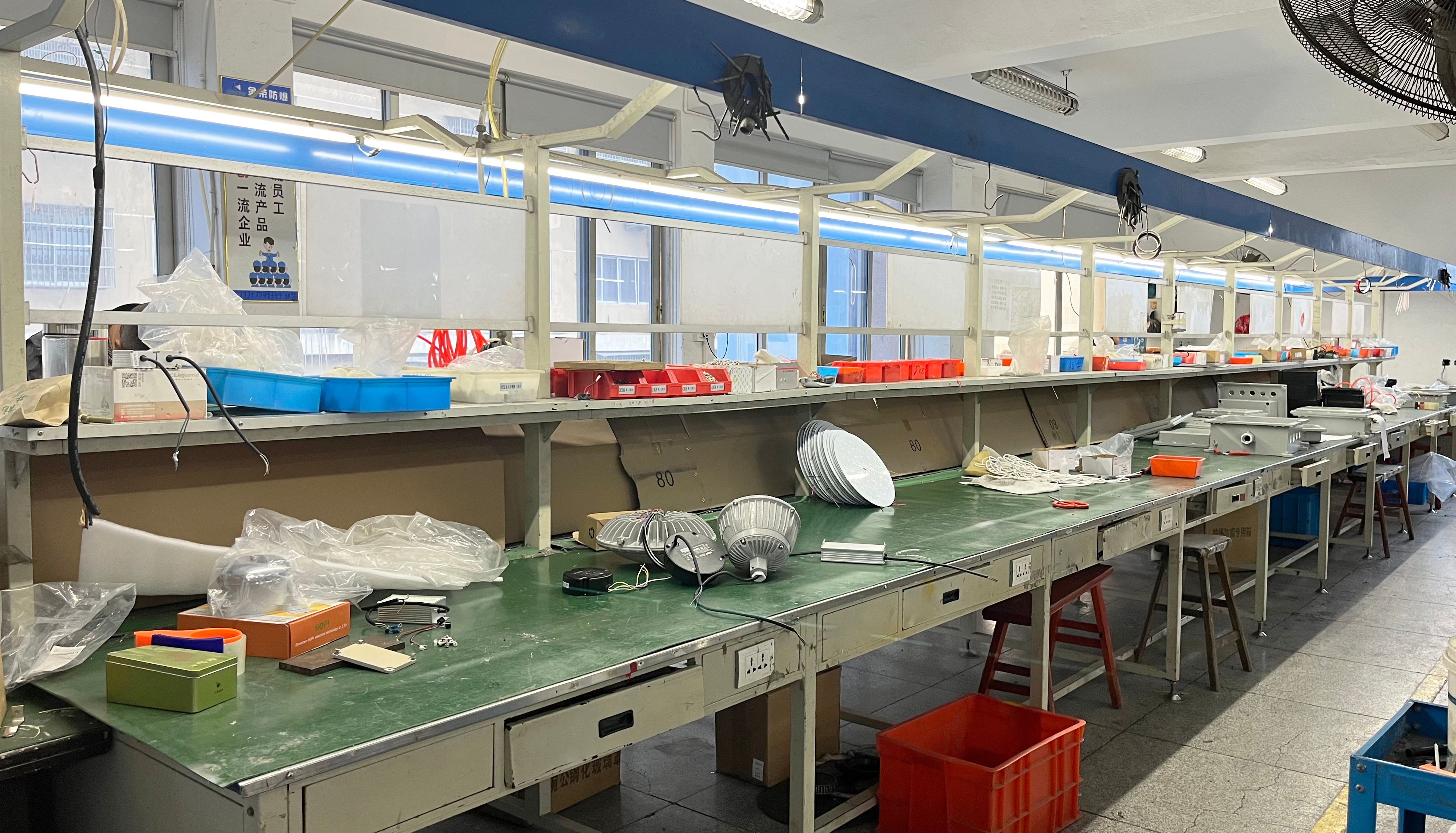
In industries where flammable gases, vapors, or dust are a concern, the implementation of intrinsically safe standards is not just a recommendation; it's a necessity. These standards are designed to ensure that electrical equipment operates safely in hazardous environments, minimizing the risk of ignition. Understanding these concepts is crucial for compliance and safety, especially when navigating the complexities of Atex certification.
Overview of Intrinsically Safe Standards
Intrinsically safe standards provide guidelines that govern the design and operation of electrical equipment in potentially explosive atmospheres. By limiting the energy available for ignition, these standards help protect workers and property from catastrophic incidents. The intrinsic safety principle is foundational in ensuring that devices can operate without posing an explosion risk, making it essential knowledge for anyone involved in relevant industries.
Importance of Atex Certification in Industries
Atex certification serves as a benchmark for safety across various sectors that deal with hazardous materials. This certification indicates that products meet strict European Union directives regarding equipment used in explosive atmospheres, thereby enhancing workplace safety significantly. Industries recognize Atex approval as vital not only for compliance but also for building trust with clients and stakeholders who prioritize safety.
Demystifying Intrinsic Safety Concepts
Intrinsic safety may sound complex, but at its core lies a straightforward principle: preventing explosions by controlling electrical energy levels within devices. This concept is particularly important when considering Class 1 Division 2 electrical requirements, which outline specific conditions under which equipment can safely operate without igniting flammable substances. By breaking down these intricate ideas into digestible parts, we can better appreciate their role in safeguarding lives and property.
Understanding Intrinsically Safe Meaning
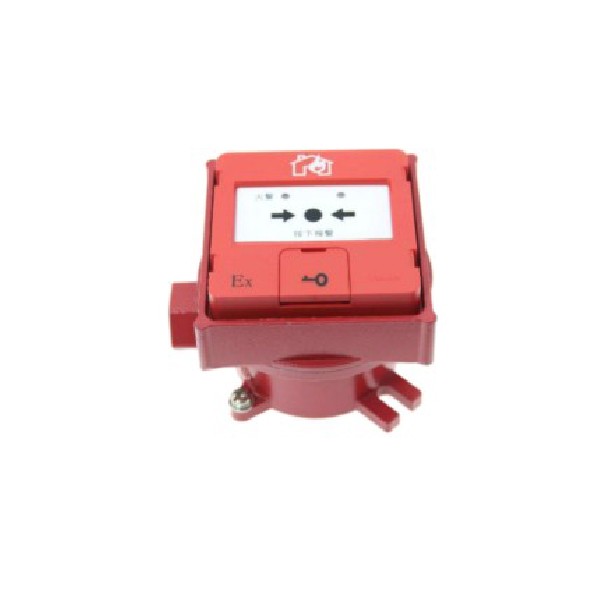
Intrinsic safety is a concept that plays a crucial role in environments where flammable gases or dust may be present. It refers to a design approach that ensures electrical equipment operates safely without the risk of igniting hazardous materials. The essence of intrinsically safe standards lies in their ability to limit the energy available for ignition, making them vital for industries like oil and gas, mining, and chemical processing.
Defining Intrinsic Safety
At its core, intrinsic safety is all about preventing explosions by design rather than relying solely on external protective measures. This means that devices certified under intrinsically safe standards are engineered to operate at energy levels low enough to avoid ignition in potentially explosive atmospheres. The definition of intrinsic safety is further bolstered by the rigorous testing and compliance required for Atex certification, ensuring that these devices can withstand harsh conditions without posing a risk.
How Intrinsically Safe Standards Work
Intrinsically safe standards are established guidelines that dictate how equipment must be designed and tested to ensure safety in hazardous environments. These standards specify limits on electrical and thermal energy to prevent any possibility of ignition when the device is operating under normal or fault conditions. Compliance with these standards not only involves rigorous testing but also continuous monitoring to maintain Atex approval over time, ensuring that equipment remains safe throughout its lifecycle.
Real-World Applications and Examples
The significance of intrinsically safe meaning can be seen across various industries where explosive atmospheres are a concern. For instance, in oil refineries, intrinsically safe devices like pressure sensors and communication systems are critical for maintaining operational safety while adhering to class 1 division 2 electrical requirements. Additionally, examples such as handheld gas detectors illustrate how adherence to intrinsically safe standards helps protect workers from potential hazards while ensuring efficient operations.
Atex Standards: What You Need to Know
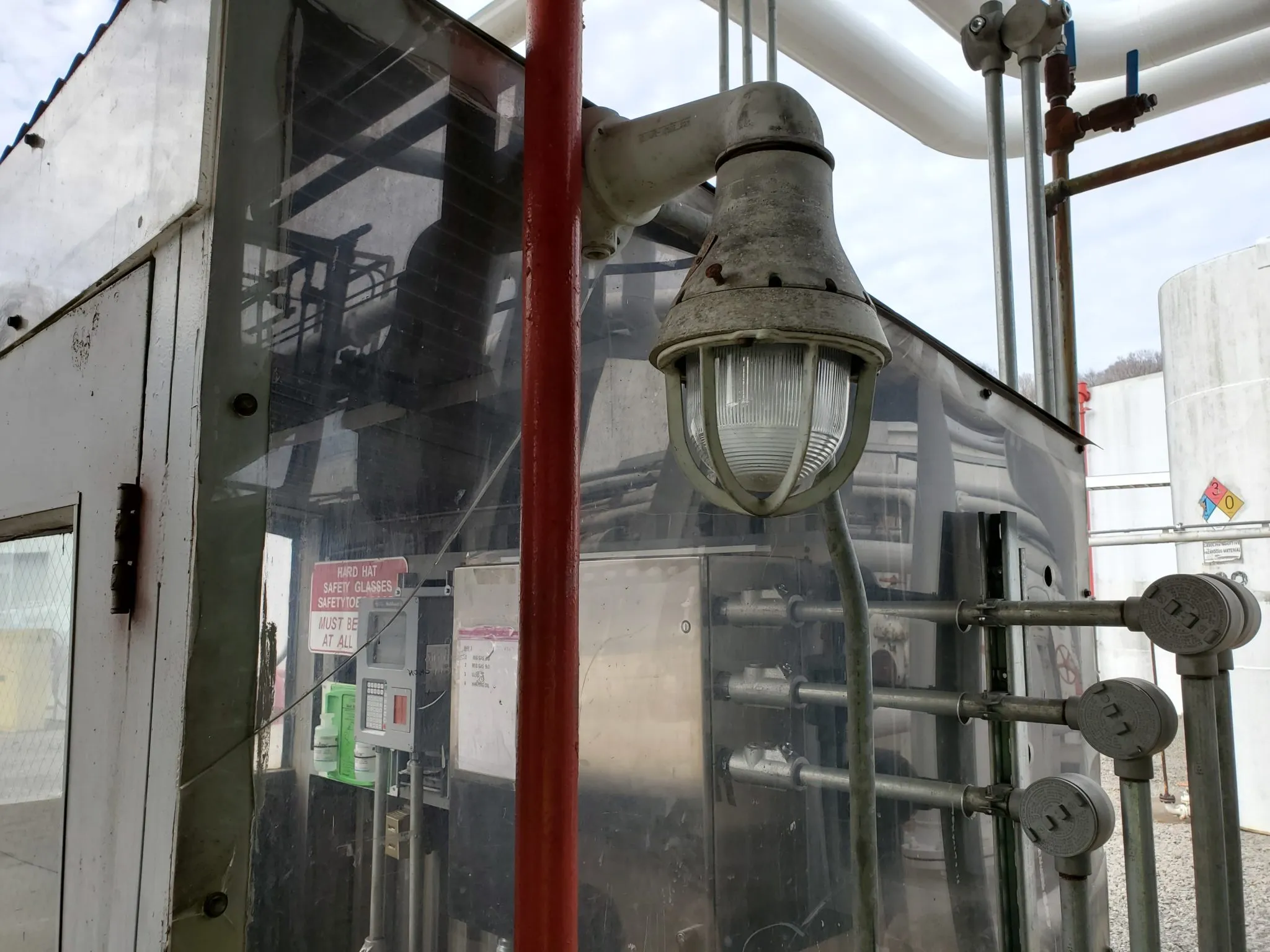
History and Purpose of Atex Standards
The Atex standard originated from the European Union's commitment to improving workplace safety in hazardous environments. Introduced in the 1990s, these regulations were developed to harmonize safety requirements across member states, addressing the need for consistency in managing risks associated with explosive atmospheres. The primary purpose of Atex certification is to ensure that equipment used in such areas meets stringent criteria for intrinsic safety, thus protecting workers and assets alike.
Over time, the scope of Atex has expanded beyond just equipment design; it now encompasses manufacturing practices and ongoing compliance measures as well. This evolution reflects an increasing recognition of the importance of maintaining high standards for safety equipment throughout its lifecycle. Consequently, understanding the history and purpose behind Atex standards is essential for anyone involved in industries where Class 1 Division 2 electrical requirements are applicable.
Key Features of Atex Approval Process
The Atex approval process is a rigorous evaluation that ensures products meet specific intrinsic safety criteria before they can be marketed or used in hazardous environments. One key feature includes comprehensive testing by designated bodies that assess whether equipment can operate safely without igniting an explosive atmosphere under normal or fault conditions. This involves evaluating various factors such as temperature ratings, surface characteristics, and electrical integrity.
Another important aspect is documentation; manufacturers must provide detailed technical files demonstrating compliance with relevant directives and standards during the approval process. This not only facilitates transparency but also allows regulatory bodies to verify adherence to intrinsically safe standards consistently. Ultimately, achieving Atex certification signifies a product's reliability and commitment to maintaining high levels of safety.
Significance of Atex Certification in Safety
Atex certification holds immense significance when it comes to enhancing workplace safety across multiple sectors including oil and gas, pharmaceuticals, and food processing industries where explosive atmospheres may exist. By ensuring that all equipment complies with intrinsically safe standards, organizations can prevent catastrophic incidents caused by ignition sources within Class 1 Division 2 electrical environments.
Moreover, obtaining this certification fosters trust among stakeholders—including employees, clients, and regulatory agencies—by demonstrating a company’s dedication to upholding rigorous safety protocols while minimizing risks associated with hazardous operations. In essence, embracing Atex certification not only protects lives but also enhances overall operational efficiency by mitigating downtime due to accidents or non-compliance issues.
Exploring Class 1 Division 2 Electrical Requirements
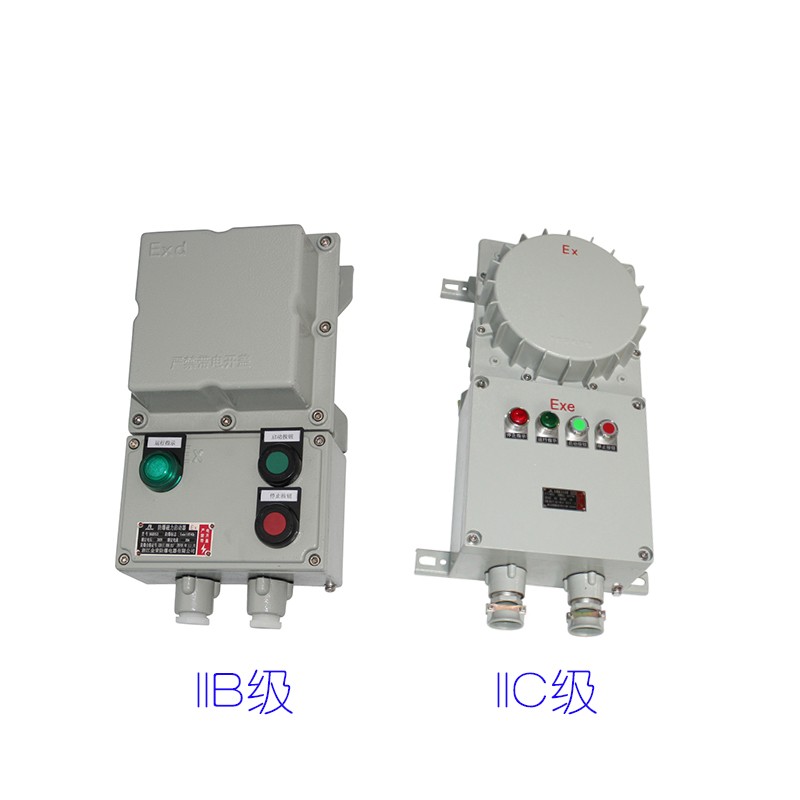
Class 1 Division 2 environments are critical areas where flammable gases or vapors may be present, but under normal conditions, they are not expected to be hazardous. This classification is essential for ensuring that electrical equipment used in these locations adheres to intrinsically safe standards. Understanding Class 1 Division 2 is vital for industries like oil and gas, chemicals, and pharmaceuticals where safety cannot be compromised.
Overview of Class 1 Division 2
In a Class 1 Division 2 environment, the presence of flammable substances is a potential risk but not an everyday occurrence. This means that while equipment in these zones must meet stringent safety requirements, the likelihood of ignition is lower than in a Class 1 Division 1 area. Equipment designed for this classification must still comply with intrinsic safety standards to ensure that any electrical sparks produced will not ignite surrounding gases or vapors.
Compliance with Intrinsically Safe Standards
To operate safely in a Class 1 Division 2 environment, equipment must comply with intrinsically safe standards that limit energy levels within devices to prevent ignition sources. Atex certification plays a crucial role here; it ensures that products meet specific safety criteria set forth by European regulations governing explosive atmospheres. Compliance with these standards not only protects workers but also enhances operational efficiency by minimizing downtime due to accidents.
Examples of Equipment Meeting These Requirements
Various types of equipment are specifically designed to meet the rigorous class 1 division 2 electrical requirements while adhering to intrinsic safety principles. Examples include intrinsically safe lighting fixtures, communication devices like radios, and sensors used for monitoring gas levels—all certified under Atex approval processes. These devices exemplify how adherence to intrinsically safe meaning can lead to safer work environments without sacrificing functionality.
The Role of Jinrong in Ex-Proof Manufacturing
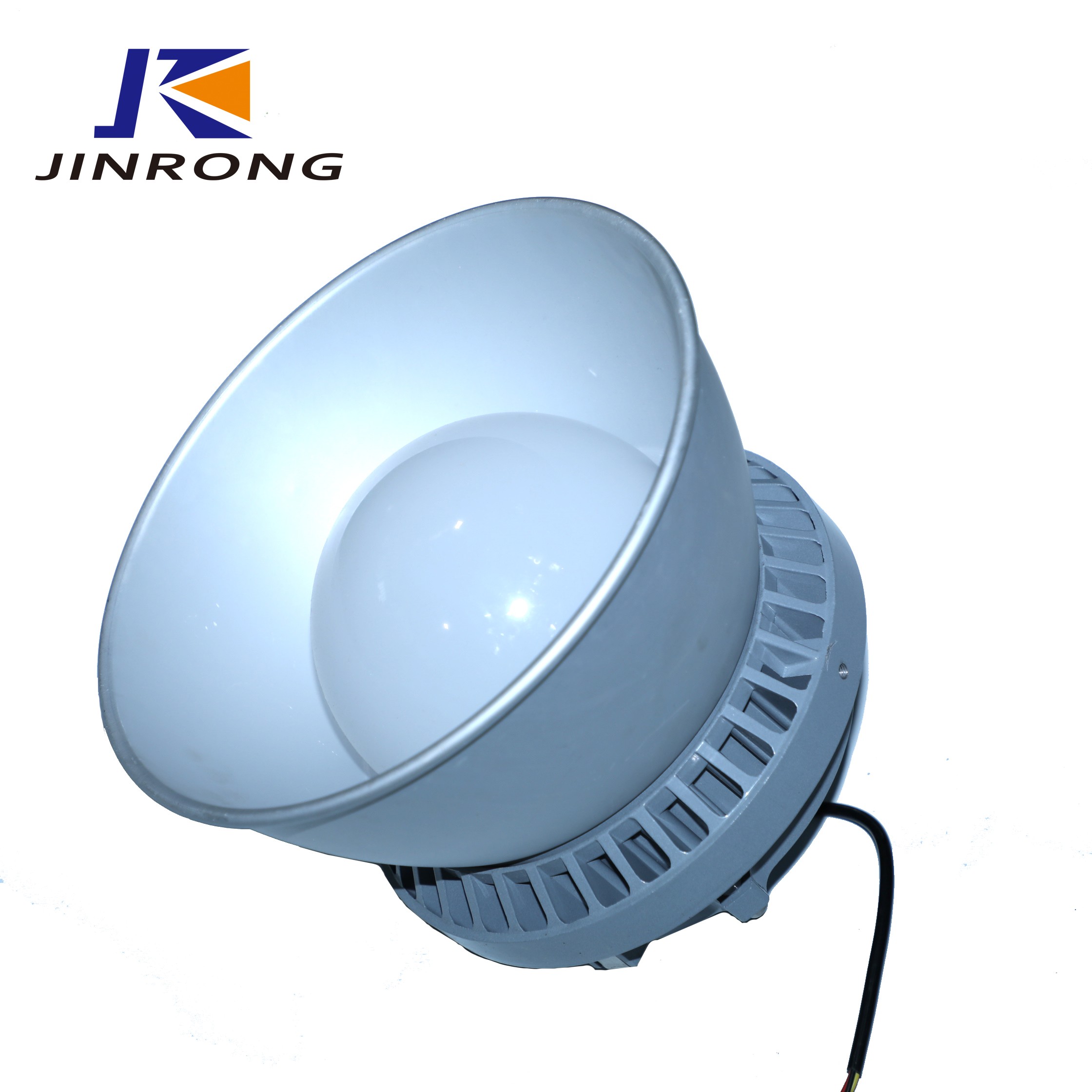
In the realm of intrinsically safe standards, Jinrong stands out as a beacon of reliability and innovation. With years of experience in safety equipment manufacturing, the company has carved a niche for itself by delivering products that meet rigorous safety requirements, including Atex certification. Their commitment to intrinsic safety ensures that industries can operate without compromising on worker safety or regulatory compliance.
Jinrong’s Experience in Safety Equipment
Jinrong's journey in the field of safety equipment is marked by an unwavering dedication to quality and compliance with intrinsically safe standards. Over the years, they have amassed a wealth of expertise in designing and manufacturing products specifically tailored for hazardous environments. This experience is crucial for understanding the nuances of Atex approval processes and ensuring that all their offerings meet Class 1 Division 2 electrical requirements.
With a focus on continuous improvement, Jinrong has invested heavily in research and development to stay ahead in the ever-evolving landscape of intrinsic safety technologies. Their seasoned team is well-versed in navigating complex regulatory frameworks, which allows them to deliver solutions that not only comply with Atex certification but also enhance operational efficiency. This dual focus on safety and performance positions Jinrong as a trusted partner for industries requiring top-notch ex-proof solutions.
Product Range: From Lighting to Accessories
Jinrong boasts an extensive product range that caters to various aspects of ex-proof manufacturing, from lighting solutions to essential accessories designed for hazardous locations. Each product is meticulously engineered to ensure compliance with intrinsically safe standards while providing exceptional performance under challenging conditions. Their lighting systems are particularly noteworthy; they illuminate workspaces effectively while adhering strictly to Atex certification guidelines.
In addition to lighting, Jinrong offers an array of accessories designed specifically for Class 1 Division 2 environments, ensuring that every component works harmoniously within these stringent parameters. These products not only enhance safety but also contribute significantly to operational efficiency by minimizing downtime caused by equipment failures or non-compliance issues. By providing such a comprehensive range, Jinrong demonstrates its commitment to supporting industries that prioritize intrinsic safety.
Moreover, every item produced by Jinrong undergoes rigorous testing against international standards before it reaches the market. This dedication ensures that all their products not only meet but often exceed expectations when it comes to durability and reliability in hazardous locations—an essential factor for any business operating under Atex approval regulations.
Contribution to Industry Standards and Safety
Jinrong's influence extends beyond its product offerings; the company actively participates in shaping industry standards related to intrinsic safety and Atex certification processes. By collaborating with regulatory bodies and industry associations, they contribute valuable insights drawn from practical experiences on the ground—helping refine existing standards while advocating for advancements that enhance overall workplace safety.
Their role as a thought leader is evident through various initiatives aimed at educating stakeholders about intrinsically safe meaning and its implications across different sectors. By hosting workshops and seminars focused on Atex approval processes, Jinrong empowers businesses with knowledge necessary for navigating compliance complexities effectively—and achieving sustainable operations without compromising worker safety.
Ultimately, Jinrong’s unwavering commitment positions them as more than just a manufacturer; they are champions of intrinsic safety principles within industries worldwide striving towards excellence under Class 1 Division 2 electrical requirements guidelines—creating safer workplaces one innovative solution at a time.
Achieving Atex Approval: Step-by-Step Guide
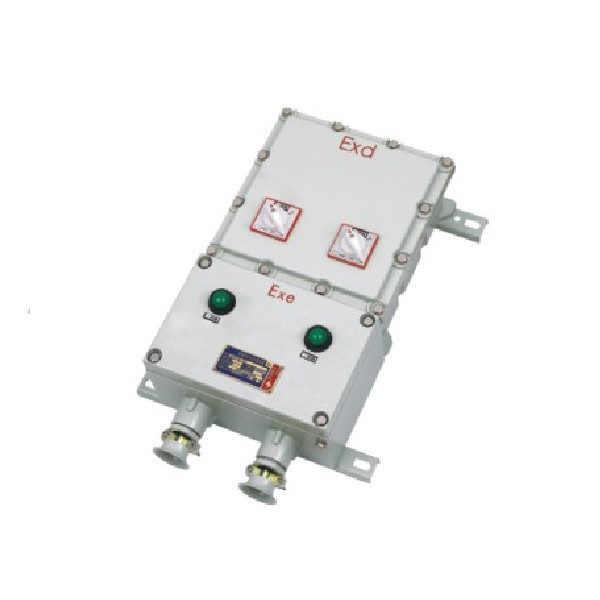
Navigating the complexities of Atex approval can be daunting, but breaking it down into manageable steps makes the process smoother. This guide will walk you through the essential phases of achieving Atex certification, ensuring your products meet intrinsically safe standards. By following these steps, you can confidently move forward in ensuring safety and compliance in hazardous environments.
Initial Preparations for Atex Certification
Before diving into the Atex certification process, it's crucial to understand what intrinsic safety truly means for your equipment and operations. Begin by conducting a thorough risk assessment of your products to identify potential hazards in Class 1 Division 2 environments. Establishing a comprehensive understanding of intrinsically safe standards and their relevance to your equipment will lay a strong foundation for successful Atex approval.
Next, gather all necessary documentation that demonstrates compliance with relevant safety regulations and standards. This includes technical specifications, design details, and any previous test results that showcase adherence to intrinsic safety principles. Having this information organized and accessible will streamline the subsequent testing and evaluation phases necessary for Atex certification.
Lastly, consider engaging with professionals who specialize in intrinsic safety and Atex standards early in the process. Their expertise can provide invaluable guidance on best practices for design modifications or enhancements needed to align with regulatory requirements effectively. This proactive approach not only saves time but also increases your chances of securing swift Atex approval.
Testing and Compliance Measures
Once initial preparations are complete, it's time to engage in rigorous testing measures that evaluate compliance with intrinsically safe standards set forth by the Atex directives. Testing should be performed by accredited laboratories familiar with both intrinsic safety concepts and Class 1 Division 2 electrical requirements; this ensures credibility in results obtained during evaluations.
During testing, various aspects of your product will be scrutinized—such as electrical components' performance under fault conditions—to determine if they meet the necessary thresholds for safety under hazardous conditions. It’s essential to document every step taken during this phase meticulously; detailed records can aid significantly if any questions arise during review processes later on.
After successfully passing initial tests, it’s vital to conduct periodic reviews of compliance measures as part of an ongoing commitment to maintaining high safety standards post-certification. Regular audits not only ensure continued adherence to intrinsically safe standards but also help identify areas where improvements may be needed over time—keeping your product competitive within its market segment.
Maintaining Standards Post-Certification
Achieving Atex certification is just the beginning; maintaining those hard-earned standards is equally crucial for long-term success in industries reliant on intrinsic safety principles. Establish an internal quality management system focused on continuous improvement practices that reinforce compliance with both existing regulations and evolving industry norms surrounding intrinsically safe equipment.
Regularly scheduled maintenance checks are vital components of sustaining compliance after receiving Atex approval; these checks should include thorough inspections based on Class 1 Division 2 electrical requirements outlined earlier during testing phases. By prioritizing routine assessments alongside employee training programs focused on best practices related to handling certified equipment safely, organizations can foster a culture committed to upholding high-quality operational protocols at every level.
Finally, stay informed about changes or updates within relevant regulatory frameworks affecting intrinsically safe standards so that you can adapt promptly when necessary—this proactive approach enhances credibility among clients while reinforcing trustworthiness as an industry leader committed solely towards ensuring utmost safety across all applications involving hazardous environments.
Conclusion
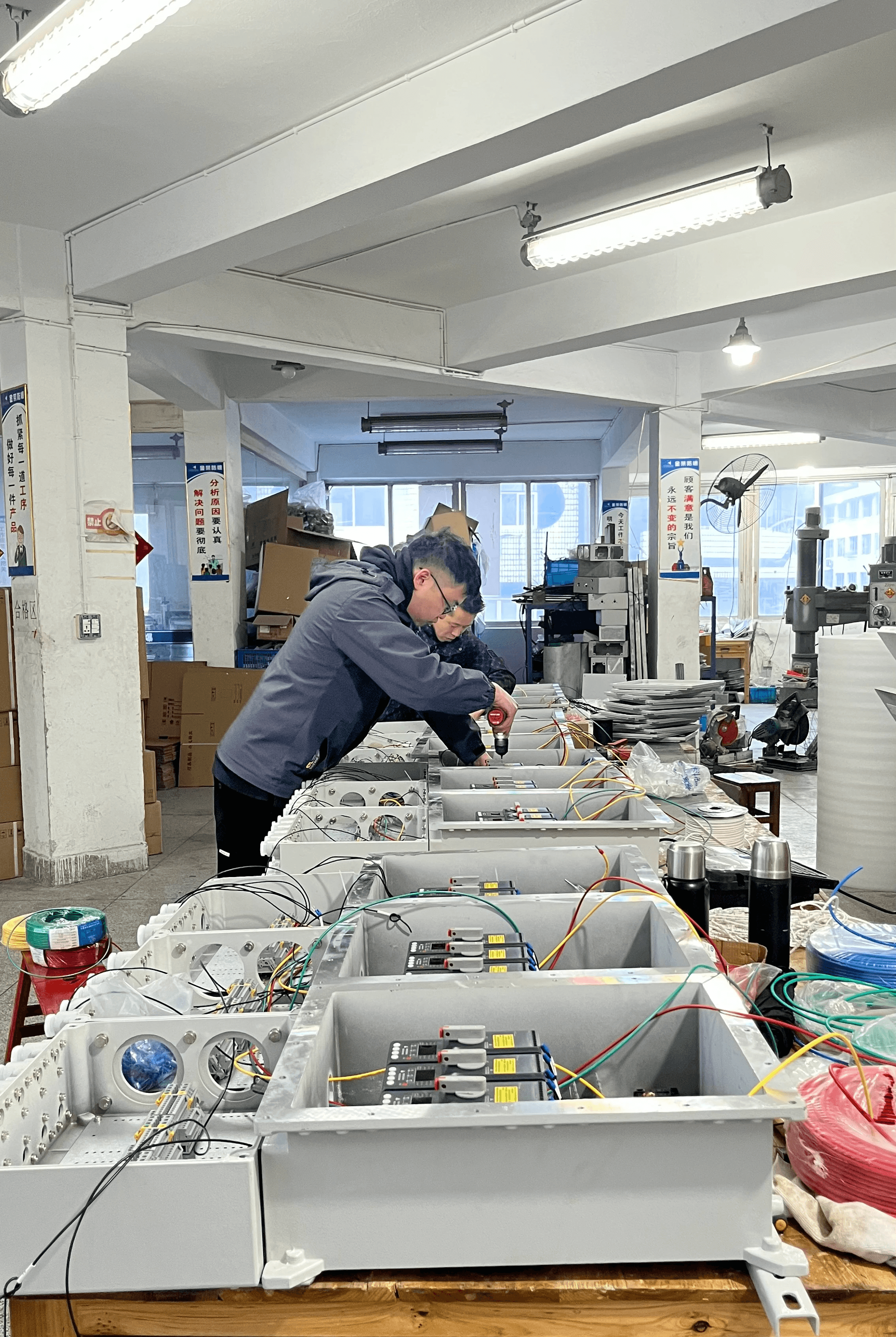
In wrapping up our exploration of intrinsically safe standards and their critical role in various industries, it's essential to recognize the significance of Atex certification. These standards are not just bureaucratic hurdles; they represent a commitment to safety and reliability in potentially hazardous environments. Understanding intrinsic safety and its implications helps ensure that equipment operates safely, protecting both personnel and assets.
Recap of Essential Intrinsically Safe Standards
Intrinsically safe standards serve as the backbone for ensuring safety in explosive atmospheres, particularly through the Atex standard framework. By defining what constitutes an intrinsically safe meaning, these standards guide manufacturers in creating equipment that minimizes risk during operation. Furthermore, compliance with Class 1 Division 2 electrical requirements is vital for any organization looking to maintain a safe working environment while adhering to these rigorous safety protocols.
Final Thoughts on Atex Certification Importance
The importance of Atex certification cannot be overstated; it acts as a badge of honor for manufacturers committed to producing intrinsically safe equipment. This certification not only enhances product credibility but also instills confidence among users who rely on such equipment daily. As industries continue to evolve, maintaining Atex approval will remain crucial for ensuring that safety is prioritized above all else.
Future of Intrinsic Safety in Various Industries
Looking ahead, the future of intrinsic safety appears promising as technology advances and new applications emerge across diverse sectors. With increasing awareness around workplace hazards, the demand for compliance with intrinsically safe standards will likely rise, pushing innovation within the field further than ever before. As we move forward, industries must remain vigilant about evolving regulations surrounding Atex certification to foster safer environments for all.

